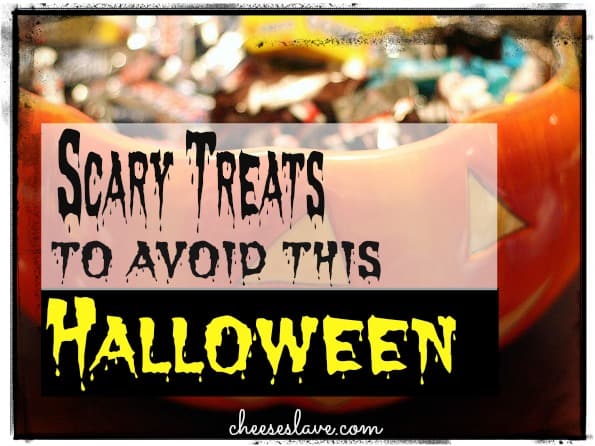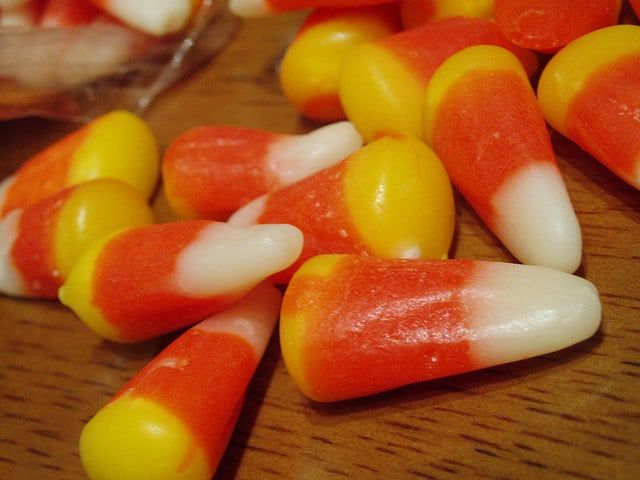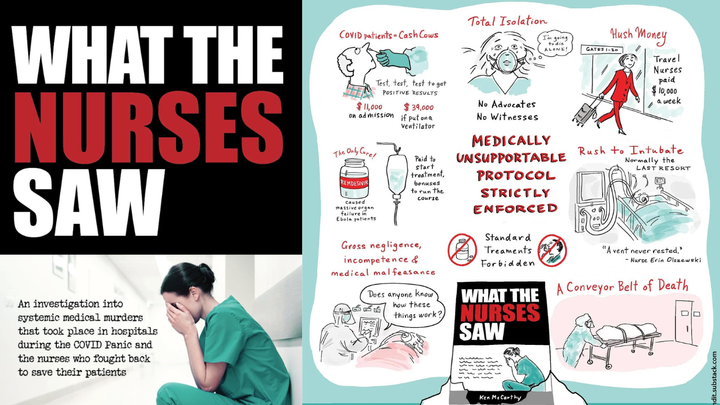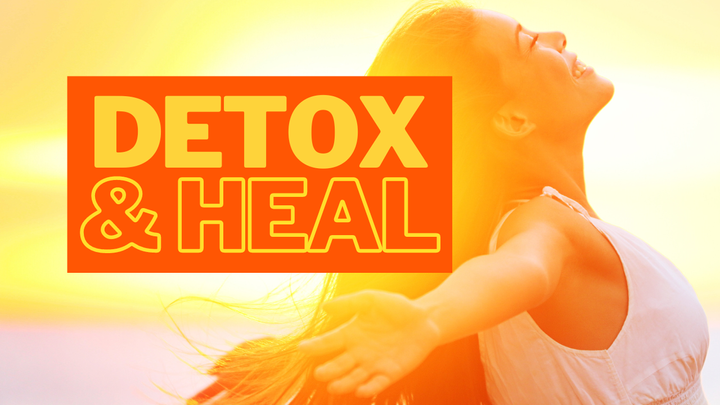Scary Treats to Avoid This Halloween

Did you remember to buy your Halloween candy?
Depending on where you live, Halloween may be celebrated with lots of trick-or-treating, or very little. In most communities, there are usually lots of options for emphasizing fun things to do besides giving out, collecting or eating candy.
There’s good reasons not to make candy the focus of Halloween, too. Scary reasons.
Scary Treats to Avoid this Halloween
You might have fond memories of trick-or-treating as a kid and collecting candy, then gorging yourself with sugary sweets afterwards. Like most parents, you might want to share a similar experience with your own kids.
The fact is, however, that children can have fun on Halloween without consuming commercial candy. It is possible, especially if you emphasize costumes, parties and family or community activities.
But if your kids are going to eat candy, there are some things you can look for in order to avoid the treats that could be more harmful than others.
And moderation, even on Halloween, is still a good idea and sets good expectations for future behaviors. It’s an opportunity to educate your kids about food, as well as self-discipline and other things you want them to know as well.
So what should you look for when it comes to avoiding certain Halloween treats?
What are Some of the Scariest Treats to Avoid?
If you have already bought any of the typical Halloween candy sold on store shelves, you probably already have your answer! Go ahead and take a look at the ingredients. It’s likely that the candy you plan to hand out to your neighborhood kids, as well as the candy that your kids will collect trick-or-treating, contains some or all of the following:
Trans Fats
You probably already know that trans fats are not good for your body. Partially hydrogenated fats instead of saturated fats are used by many candy manufacturers simply because its cheaper.
The National Academy of Sciences has determined that “trans fatty acids have been increasingly implicated as contributing to type-two diabetes, cancer, heart disease, auto-immune disease, tendon and bone degeneration, and problems with fertility and growth. Because of these facts and concerns, the NAS concluded there is no safe level of trans fat consumption.” (Source)
Due to this, labeling of products is required, and some producers use this as a selling point. The number of products labeled with “No Trans Fats” increased dramatically after the FDA required labeling in 2008.
But did you know that if the candy contains less than .5 grams of trans fats per serving, there is no requirement to disclose this information, and the product can even be labeled as having no trans fats?
Who just eats a single serving of candy? After eating a pound or more of Halloween sweets, even those possibly labeled as “trans fat free”, the consumption of trans fats can add up really quickly. It’s better to avoid it altogether, make your own natural real food sweets, or buy organic candy for the occasion from companies you know you can trust.

High Fructose Corn Syrup
High fructose corn syrup does not count as a vegetable. In fact, it is by far the most highly refined sugar on the market, and it is also a genetically modified (GMO) fake food. The liver has trouble processing it. It interferes with your metabolism, which can create a whole array of other problems, and to make matters worse there are strong indications that it is addictive. A “sugar fix” from candy containing HFCS is a bad, bad idea.
If you want a really scary Halloween, but not the right kind of scary, load up on high fructose corn syrup, which contains nothing natural and is absolutely void of any nutrition, and start your kids on the path to obesity, cavities and other health problems. Dr. Mark Hyman, M.D. writes:
Since there is no chemical bond between [glucose and fructose in HFCS], no digestion is required, so they are more rapidly absorbed into your blood stream. Fructose goes right to the liver and triggers lipogenesis (the production of fats like triglycerides and cholesterol). This is why it is the major cause of liver damage in this country and causes a condition called “fatty liver,” which affects 70 million people. The rapidly absorbed glucose triggers big spikes in insulin — our body’s major fat storage hormone. Both of these features of HFCS lead to increased metabolic disturbances that drive increases in appetite, weight gain, diabetes, heart disease, cancer, dementia and more.” (Source)
Food Coloring and Natural Flavors
Food coloring used in many candies have been linked to hyperactivity, food allergies and cancer. (Source).
Natural flavors doesn’t really mean anything. Recent reports revealed that “natural vanilla flavors” such as castoreum are used in some products that come from the glands of beavers, which are located near the anus. Doesn’t sound very appetizing, does it?
Other vanilla flavors (vanillin) are not foods at all, but wood byproducts from the pulping process that could be carcinogenic. Yet, this is used in many chocolate products, including chocolate from Hershey’s.
Alternatives to Commercial Halloween Candy
Fortunately, people have been eating sweets for thousands of years without using all these scary ingredients, and you can too.
Want healthy holiday treats? Here is a list compiled by Kate of Real Food RN with recipes for healthy sweets from my favorite real food bloggers.
Halloween can be fun and healthy with just a little effort and care.
What are Your Halloween Candy Plans?
What does your family do on Halloween? Is it the one night your kids indulge? What kind of healthy alternatives have you come up with for Halloween festivities? Comment below!
Photo credit: Halloween candy; candy corn



Comments ()